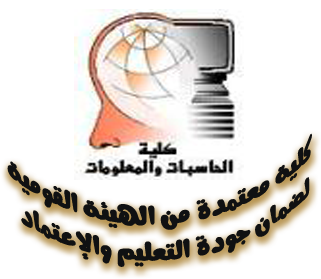Abstract. The one dimensional (1D) barcode was developed as a package label that could be swiftly and accurately read by a laser
scanner. It has become ubiquitous, with symbologies such as UPC used to label approximately 99% of all packaged goods in the
US [1]. The two-dimensional (2D) barcode has improved the information encoded capacity, and it also has enriched the applications of
barcode technique. Recently, there are researches dealing with watermark technique on barcode to prevent it from counterfeited or
prepensely tampered. The existent methods still have to limit the size of embedded watermark in a relatively small portion. Furthermore,
it also needs to utilize original watermark or other auxiliary verification mechanism to achieve the barcode verification. In this paper, we
propose a novel watermarking barcode reading enhancement method. The proposed method can fight most of reading challenges of
watermarking barcode. Experiments with challenging barcode images show substantial improvement over other state-of-the-art
algorithms.
Research Department
Research Journal
Advances in Computer Science, Eng. & Appl., AISC 167
Research Member
Research Rank
3
Research Year
2012
Research_Pages
pp. 913–918
Research Abstract


